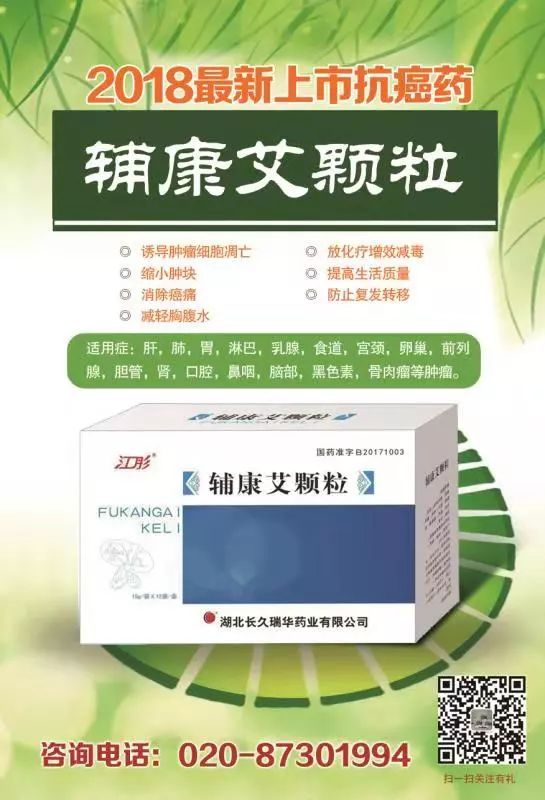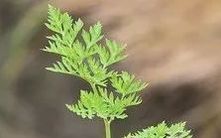Chuan Xiong (Ligusticum chuanxiong)
Chuan Xiong, also known as Shan Ju Qiong, Xiong Ru, Xiang Guo, Hu Ru, Que Nao Xiong, and Jing Xiong, has a long history of application that can be traced back to the earliest recorded times. It is mentioned multiple times in ancient texts such as the Shan Hai Jing, Guan Zi, Zuo Zhuan, Shi Jing, and Chu Ci, indicating its close relationship with the lives of the people at that time. Historically, Chuan Xiong was produced in many regions. Since the Song Dynasty, the people of Sichuan mastered the technology of cultivating high-quality Chuan Xiong, resulting in superior medicinal materials that are authentic, leading to a gradual decline in the use of Chuan Xiong from other regions. Chuan Xiong has thus developed into a local medicinal material of Sichuan, hence its name.
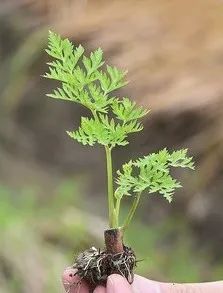
1. The Story of “Chuan Xiong”
In the early Tang Dynasty, the Medicine King Sun Simiao traveled with his disciples from Zhongnan Mountain to Qingcheng Mountain in Sichuan to collect medicinal materials. One day, the master and his disciple rested in a forest of towering green pines. Suddenly, they saw a large female crane by the mountain stream playing with several yellow-billed chicks. They heard the chicks cry out in alarm. The master and disciple looked and saw the female crane with its neck drooping, legs trembling, and continuously mourning. The Medicine King immediately understood that the female crane was suffering from a sudden illness.
The next morning, the Medicine King and his disciple returned to the green pine forest. Not far from the crane’s nest, the moans of the sick crane were clearly audible. After a while, several white cranes descended slowly from the morning glow, dropping a few leaves from their beaks. The disciple picked one up and saw it resembled carrot leaves, carelessly tossing it aside. However, the Medicine King regarded it as a treasure and ordered his disciple to collect and preserve the leaves.
After a day, the Medicine King and his disciple returned to the green pine forest and could no longer hear the sick crane’s moans. Looking up, they saw several white cranes soaring in the sky, dropping a small white flower from their beaks. The Medicine King again ordered his disciple to collect and preserve it. Days passed, and the Medicine King observed the sick female crane, which had completely recovered and was playing with the chicks as usual. He also noticed that the white cranes loved to visit the ancient caves of the towering cliffs, where a patch of lush green grass grew, with flowers, leaves, and roots resembling what the white cranes had dropped before. The Medicine King instinctively connected the crane’s recovery with this herb and decided to try it. He found its rhizome to be bitter with a hint of spiciness and possessing a unique rich fragrance. Based on years of experience, he concluded that this herb had the effects of invigorating blood circulation, regulating menstruation, dispelling wind, and alleviating pain. He instructed his disciple to take this herb down the mountain to treat patients according to their symptoms, and it proved to be effective. The Medicine King excitedly recited: “Qingcheng is the most serene in the world, the first cave in western Sichuan. Where the immortal cranes pass, good medicine descends from the heavens. This herb shall be called ‘Chuan Xiong’!” Thus, “Chuan Xiong” got its name.
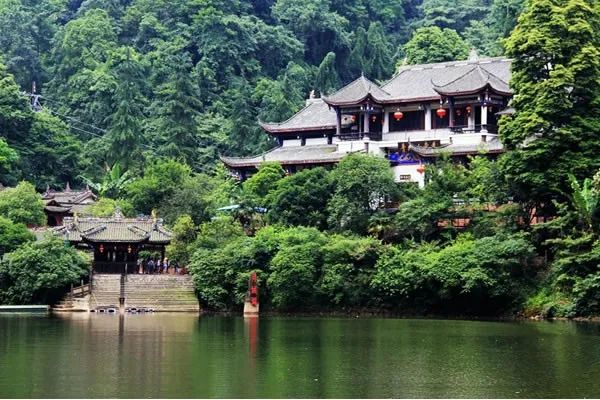
2. Growth Climate and Geographic Location
Chuan Xiong is a perennial herbaceous plant, growing 40-60 cm tall. It is mainly produced in Sichuan (Peng County, now Pengzhou, with the production area having shifted), and is cultivated in Yunnan, Guizhou, Guangxi, Hubei, and other provinces. Chuan Xiong prefers a mild climate, abundant rainfall, sufficient sunlight, and a relatively humid environment. However, during the cultivation and storage stages, it requires cooler climatic conditions. The growth period is 280-290 days. In flat areas, it is best to choose deep, loose, fertile, well-drained sandy loam with a rich organic matter content and a neutral or slightly acidic pH.
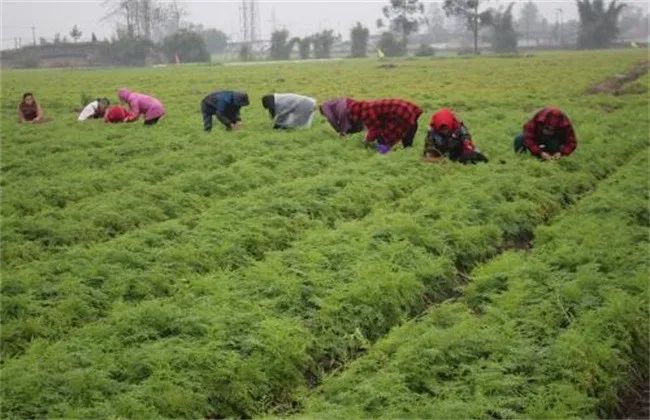
3. Properties and Meridians (as per the Chinese Pharmacopoeia)
[Main Properties] Spicy, warm. Enters the Liver, Gallbladder, and Pericardium meridians.
[Basic Effects] Invigorates blood circulation and promotes Qi flow, dispels wind, and alleviates pain. Used for chest obstruction and heart pain, stabbing pain in the chest and hypochondria, swelling and pain from falls, irregular menstruation, dysmenorrhea, abdominal pain from masses, headaches, and rheumatic pain.
[Herbal Summary] The Shen Nong Ben Cao Jing states: “It is used for wind stroke entering the brain, headaches, cold bi syndrome, muscle and tendon stiffness, traumatic injuries, and women with blood stasis and infertility.” The Ben Cao Xin Bian states: “Chuan Xiong can unblock blood stasis, disperse external pathogens, treat headaches, and relieve pain from traumatic injuries. This herb can be the monarch, minister, or assistant, but should not be used alone; if used alone to tonify blood, it may cause blood movement and lead to loss. If used alone to relieve pain, it may stop pain but lead to sudden death.”
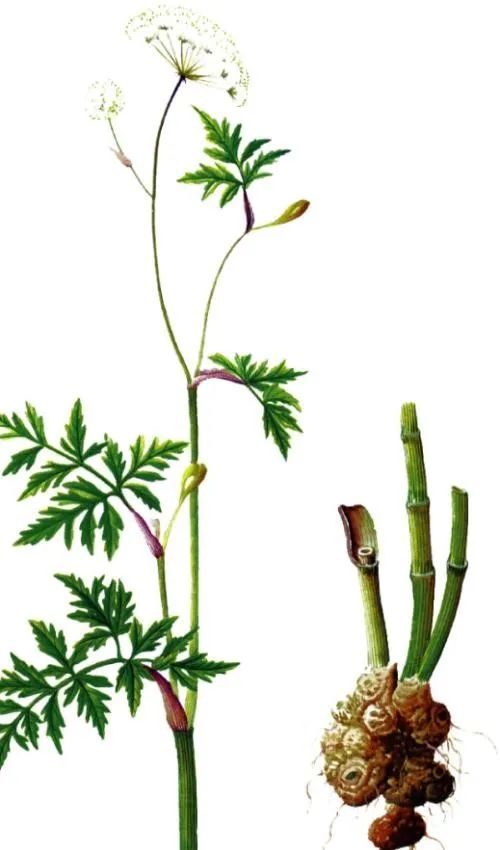
4. Dietary Therapy with Chuan Xiong.
Chuan Xiong Stewed Chicken
[Ingredients] 1 chicken, appropriate amount of fresh Chuan Xiong or dried Chuan Xiong slices.
[Effects] Invigorates blood, warms the stomach, alleviates colds, and enhances the body’s immunity.
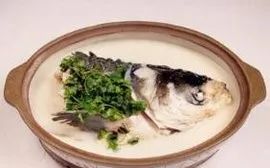
Chuan Xiong and Bai Zhi Fish Head Soup
[Ingredients] 1 fish head (of the bighead carp), 6 grams of Chuan Xiong, 10 grams of Bai Zhi (Angelica dahurica), 3 slices of ginger.
[Effects] Dispels wind and cold, alleviates pain.
